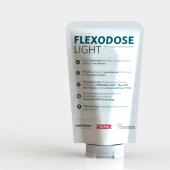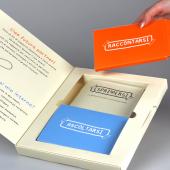Tell me who you are. I’ll tell you what label you want
“Communicating wine: new packaging trends” is the title of the third stage of the Tonutti Label Tour, a travelling micro-fair for wine packaging operators, which this year is directed to wineries and graphic studios in the north of Italy.
Cristina Rossi
The new edition, which was held on 30 November at the Chervò Golf Hotel Spa & Resort, San Vigilio in Pozzolengo (BS), followed Leg Zero of 2021 in Marsala and Leg One in Cison di Valmarino (TV) last year.
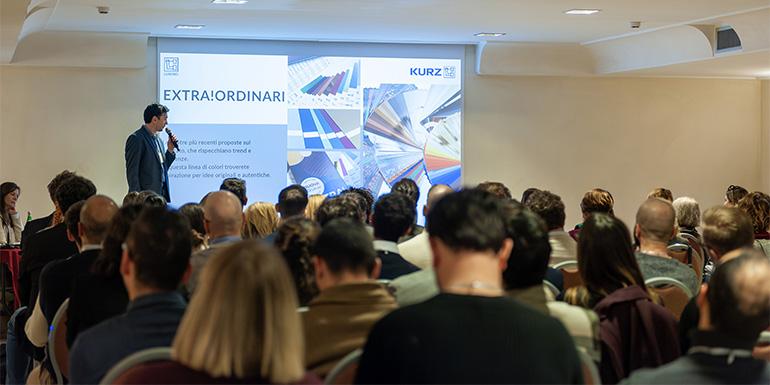
The trilogy of events has been promoted by Tonutti Tecniche Grafiche – the historic Friulian company specialised in printing labels for the wine, spirits and food&beverage market, forming part since December 2022 of the French group, Alliance Etiquettes* - with the support of prestigious partners, such as Fedrigoni Self-Adhesives for self-adhesive paper, Luxoro for foils and clichés, Vinolok for glass closures and Verallia for glass bottles.
«Networking with other operators in the market to convey quality content to customers testifies to the importance that our company places on relationships » declared Barbara Pagnutti, marketing and communication manager of Tonutti Tecniche Grafiche, in her opening speech.«The response of customers, this year exceeding one hundred registrations, confirms the market’s appreciation of events of high cultural importance that become training opportunities for wine market operators and designers. After the difficult years of the pandemic, 2024 will finally be a year of reaction - REACT! – and for our rebirth we will be trusting to art: free and creative expression to enhance our work as printers. Starting from important research carried out by a French agency, we have identified for 2024 four main categories of consumers: educators, emulators, instinctive people and top performers. On the basis of these profiles, the French and Italian designers of the Group have developed 16 projects that respond to these tendencies and which we presented at the last edition of Luxe Pack. 4 projects are allocated to each consumer category, displayed at this event».
* The French group, Alliance Etiquettes, includes 12 printing works, 11 of which in France and one in Italy. It has around 600 employees, with a turnover of over 100 million euros and a portfolio of 10,000 active customers operating in 5 reference markets: beverage, wine&spirits, food gourmet, luxury and cosmetics.
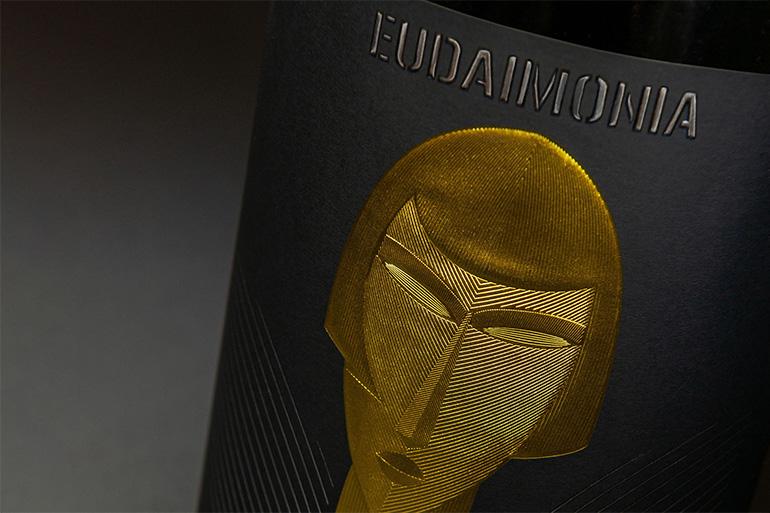
Clothes make the man …
… A provocation offered by Barbara Pagnutti to explain how important it is to pay particular attention to the reference market before designing a label or packaging in general.
«This is also demonstrated by Coca-Cola, a global and well-known brand, which has felt the need to differentiate its product according to different categories of consumers ».
We this in mind, we will analyse the four main types of consumers identified by Tonutti Tecniche Grafiche for 2024.
- Educators. They react by calming things down. They have a harmonious approach to daily life, choosing a slow and calm pace in their approach to beauty; they are independent but love sharing. They embrace symbolic spiritualism and are characterised by a strong bond to tradition. The four packaging designs attributed to this category are a bottle of champagne that “wears” a label linked to Byzantine art with a profusion of materials (pewter, velvet and paper) for premium consumers and customers; a porcelain perfume diffuser inspired by Hellenistic art with a narrative label that conveys travel, holidays, Greek islands; a bottle of wine inspired by ancient Greek art with a pewter label in the shape of a snake that wraps itself around the bottle and a collar made of paper with recycled fibres and single-colour printing. Finally, a bottle of tequila inspired by Mexican Baroque art with a tri-material label (two kinds of paper and pewter).
- Emulators. They react by arousing admiration. They are sensitive, capricious and provocative. They seek to overcome every limit in order to improve the world through refined illusions and “extra-ordinary” quirks. The packaging attributed to this category is very sophisticated. First of all, we have a bottle of liquor that conveys its strength thanks to a die-cut design that rises to form a flame. On two layers of white paper, an almost invisible hatching entices the consumer to discover the spirit of the product: we have here an atypical, playful and interactive label. The second design is a can of rosé wine inspired by Vasarely optical art. The third is a bottle of whiskey with a “cubist” label deconstructed in its graphic form and, finally, a bottle of spiced olive oil with a label that creates the illusion of animation.
- Instinctive people. They react by suggesting alternatives. They are spontaneous, frivolous, tireless, nomadic, transgressive and creative. The packaging that represents them contains ingenious ideas. Two jars of jam take up the idea of the Italian artist Maurizio Cattelan’s taped banana, with labels printed in flexography, ideal for the large quantities required by the agri-food industry. The second packaging is a bottle of fruit syrup inspired by the mannerism of Arcimboldo, with a tear-off label that reveals a second label underneath, all generated by artificial intelligence. Then, we have a bottle of Sauvage wine with a label dedicated to contemporary art made with three different kinds of ecological paper. Finally, an original bottle of whiskey inspired by the Italian renaissance that depicts Michelangelo’s David.
- Top performers. They react by stimulating innovation. Their profile: urbane, moralistic, rational and rigorous. An ergonomic package best suits this category. The first design is a bottle of bubble tea with graphic touches inspired by the artist Keith Haring. The second is a bottle of alcohol-free gin with a label that uses two types of eco-sustainable paper with a simulated tearing effect during printing with decorations inspired by wild animals. A bottle of sparkling wine encapsulates the elegance of the portraits of Modigliani with a label that uses a micro-engraved gold foil with relief to attract an urban female target in search of the exceptional. Finally, a matte black box decorated with thin curved or painted lines and a translucent black label for an elegant high-end cosmetics packaging.
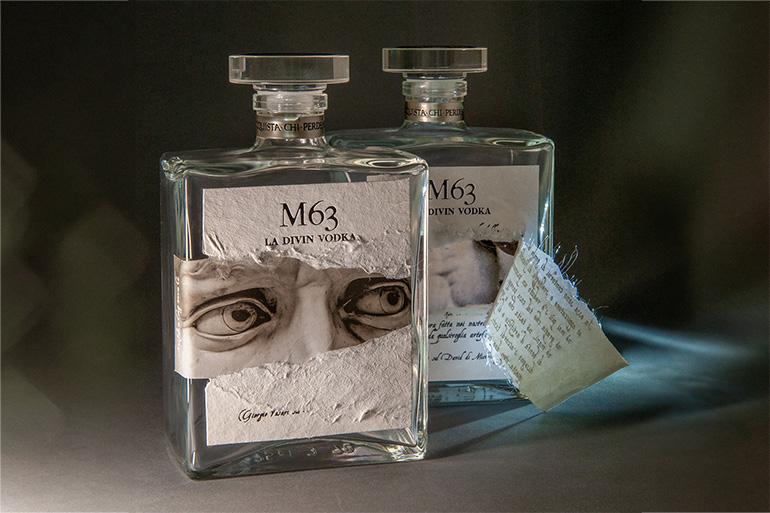
Giving value to partners’ contributions
Hot stamping and embellishment. Alessandro Carnevale, brand ambassador of Luxoro, as well as exclusive partner in Italy of Kurz, reminded the audience that one of applicative sectors of Luxuro’s products is the graphics sector, in particular hot stamping, cold stamping and digital printing. Hot stamping is the process that ensures maximum coverage and absolute adhesion of the foil to the material being printed.
«Talking of trends, in Italy, less brilliant and more colourful nuances are preferred for premium wine labels, and the success that our Extra!Ordinari line is enjoying demonstrates this. It’s a Luxoro exclusive, and incorporates our most recent proposals, reflecting trends and offering inspiration for original and authentic ideas. Lumafin is, instead, a semi-transparent foil with a translucent effect available in numerous colours and metallics, perfect for overprinting on pre-existing graphics or for designs with a glossy look. Finally, the H+M cliché in brass, suitable for printing on all media».
Carnevale then illustrated the various projects developed for important brands such as Campari, Calzedonia and Varvaglione and pointed out how Kurtz foils are increasingly eco-sustainable thanks to being increasingly thinner. In the case of cold-stamping, in fact, the thickness has been reduced from 12 to 6 microns, while in hot stamping, from 12 to 10 microns.
«The layer of aluminium which is deposited on the finished product is 0.0002 mm, 6,000 times thinner than a human hair».

Glass bottles: lighter, recyclable and creative.
Giulia Ferronato, marketing development manager of Verallia Italia, presented a review of the trends emerging from a study carried out in collaboration with the French creative agency Carlin, in the search for inspiration for the creation of new bottles for the wine and spirits market. European leader and third biggest global producer of glass packaging for the drinks and food industry, Verallia is a group with 34 glass production plants in 12 countries, including Italy.
It produces 17 billion glass bottles and jars every year, serving 10,000 customer companies, from local producers to large international brands. Four macro-trends emerged from the study, that is:
- Back to the roots. Attention to natural and local resources, reduction of environmental impact, increase in the production of vegan and organic wine and regenerative agriculture as an alternative to intensive and industrial agriculture. There’s also a tendency to assign value to one’s own traditions, proposing them, however, in a modern way.
- Instant pleasures. It represents the desire for lightness and pleasure after Covid. Consumers are searching for more creative and amusing products. There is, moreover, a change in consumption styles: an ever-increasing offer of ready-to-use drinks with low alcohol content in small, easily transportable packaging. The places for consumption are also changing: consumption at home is preferred, rather than in bars and restaurants. The creative impulse is supported by artificial intelligence.
- The best of the best. Despite the fall in generalised consumption, there is an increase in the demand for premium products. These include non-alcoholic wine, the CAGR volume for which will increase by 9% between 2022 and 2027. The search for quality leads consumers to demand greater transparency regarding ingredients and production processes.
- Disruptive. New technologies, such as artificial intelligence, will intersect with the environmental challenges related to climate change. We are increasingly moving towards low environmental impact packaging: a lighter, recyclable packaging with lower CO2 emissions.
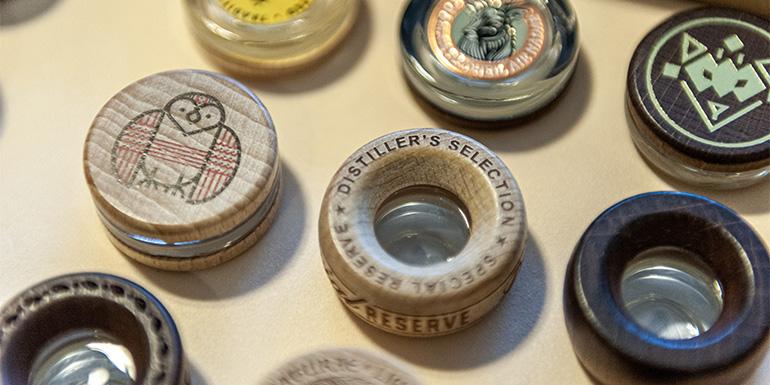
Collars and back labels: new marketing tools. Micol Valle, Italy&Germany business development manager of Fedrigoni Self-Adhesives, presented the new catalogue with the new range of products, including collars or neck labels in mono-material destined to increasingly become marketing tools. The “B side” of labels also acquires its own fascination in the world of wines, particularly rosé wines for which the bottles are usually clear and easily show information printed on the reverse side of the label.
Micol Valle’s contribution referred to the circular economy and explained how it is possible to start from waste to give new life to materials. Specifically, Fedrigoni has created a new range of alternative fibres to cellulose, such as bamboo, straw, hemp, cocoa shells and blades of grass. New for 2024: a wash-off adhesive for reusing glass and a new “plastic-free” technology for barriered papers.
It’s not a cap… it’s a jewel. Gaia Gottardo, division manager of Amorim Cork Italia, retraced the major milestones of the company, leader in the production of cork stoppers, which in 2019, to diversify its product range, decided to acquire 50% of Vinolok – the company based north of Prague specialised in the production of crystal stoppers for wine bottles – becoming its distributor in Italy. Vinolok is the first and only Bohemian glass closure that guarantees a high functional and aesthetic value for premium packaging. It’s a system composed of a cap and capsule. The capsule guarantees the safety of the system during conservation and transport, while the glass closure is resistant to mechanical damage. Vinolok is offered in various collections and colours. The Classic collection is available in transparent pink and black glass in various sizes.
Vinolok Woody is the symbiosis of natural materials, wood and glass. Edge Collection is a series of closures available in the 21.5- and 23-mm sizes; Premium collection is dedicated to premium spirits, while Vinolok Ego is a personalized collection of closures.
«A customer is willing to pay up to 10% more for a sustainable product» affirmed Gaia Gottardo. «Glass is a sustainable product made from sand and is infinitely recyclable. Personalising it, the glass stopper becomes a promotional tool that creates brand awareness. We recommend a glass stopper for wines that have a shelf life of around 36 months, knowing, however, that 90% of wines are consumed within a year».
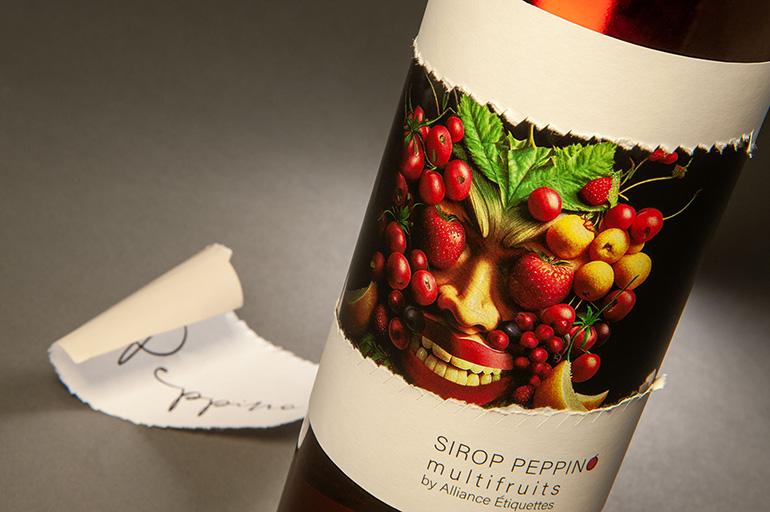
Neurosciences and effective communication
During the “Communicating wine: new packaging trends” event, Fiamma Rivetti, neuromarketing researcher at the Behaviour and BrainLab IULM in Milan, illustrated how the study of neurosciences can create favourable conditions for an incisive and persuasive communication.














